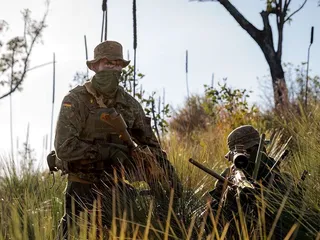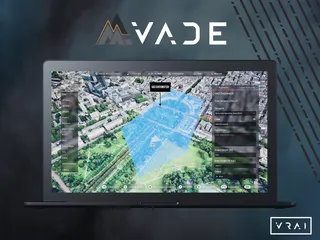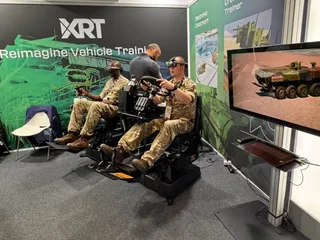Talisman Saber 2025: Significant ROIs for the Participating Nations
Contact Our Team
For more information about how Halldale can add value to your marketing and promotional campaigns or to discuss event exhibitor and sponsorship opportunities, contact our team to find out more
The Americas -
holly.foster@halldale.com
Rest of World -
jeremy@halldale.com

The ongoing Talisman Saber 2025(TS25) has been a wise investment for the 19 participating national exercise participants. The nations’ services are flexing their simulation and training capacity by completing a number of “firsts” and achieving interoperability milestones in an exercise environment – training as they will certainly operate in the Indo-Pacific region. Here are a few developments that caught our attention.
Here was another TS25 first for the region, with Australian and US forces completing a fully- integrated precision fires sequence. The US Army’s Mid-Range Capability (“Typhoon”) missile system, in coordination with the service’s 3rd Multi-Domain Task Force, the Australian National Advanced Surface-to-Air Missile System and key elements of the US Marine Rotational Force – Darwin (MRF-D) 25.3 Marine Air-Ground Task Force combined to clear air and sea domains in support of joint and combined littoral maneuver.
TS25s’ playbook has included a multi-domain focus for the more than 35,000 individual players. One deep dive on national commitment to TS25 noted the Canadian Armed Forces deployed personnel and assets from the Royal Canadian Navy, Canadian Army, Royal Canadian Air Force, Canadian Forces Cyber Command, 3 Canadian Space Division and Canadian Special Operations Forces Command.
On the topic of multi-domain operations don’t forget space-based training events. In an instance of exquisite timing, the Australian Defence Force is using TS25as one building block for its nascent space workforce – allowing newly minted space operators to work alongside US Space Force and other nations’ specialists, and focus on building capabilities in satellite communications and operations, position, navigation and timing, intelligence and surveillance.
Of no surprise, TS25 has also been a magnet for nations beyond the Pacific Rim to demonstrate their shared values and strategic interests with Indo-Pacific countries. Germany comes to mind, with the Bundeswehr deploying 200 soldiers, among other capabilities. One interesting dynamic for the German mission is the use of TS25 to test and train to the Australian force’s Boxer combat vehicle – on order for Germany.
Message to the Budget Makers
Training and, by extension, exercises will compete for future funding with weapons and other materiel programs as nations seek to increase their defense toplines through the next several years. TS25 should provide valuable lessons learned on the training readiness-related ROIs that can generated from rigorously scripted scenarios that are the foundation of such large-scale events. While live training cannot and should not be the major training domain for the military services and their partners to come together, there are instances when training with allies and partners in the live context is invaluable and makes perfect sense. Budget makers should be well-advised to support these training opportunities when feasible.


